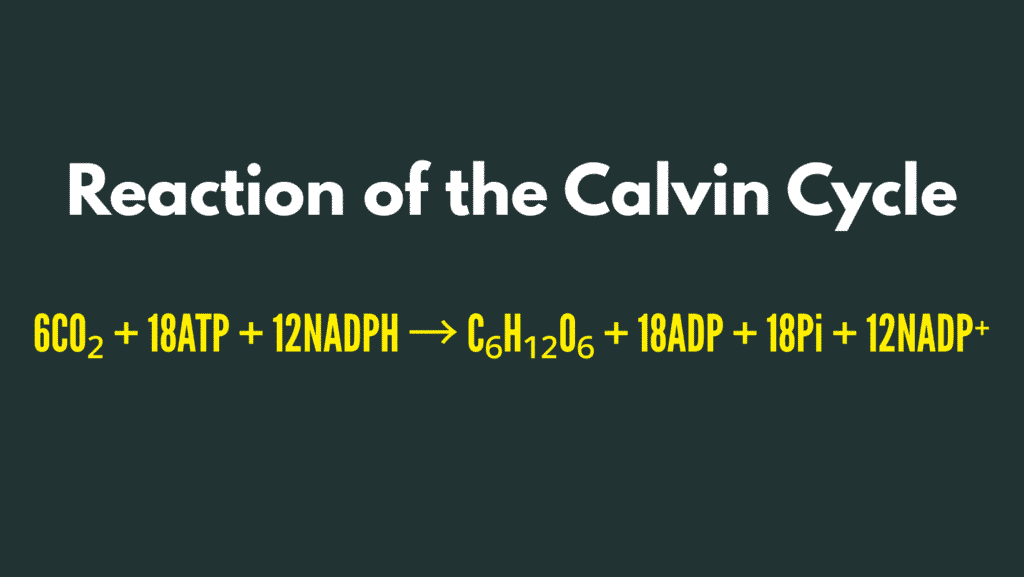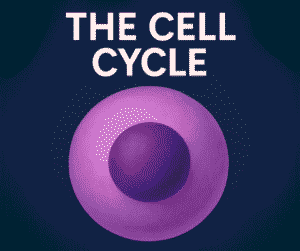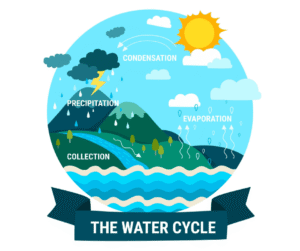Calvin Cycle: The Center Stage for Photosynthesis
The Calvin Cycle, also familiar by the names light-independent reaction or dark reaction, is indeed one of the most crucial biochemical processes that exist in the natural world. It occurs within the chloroplasts of plant cells and algae and is considered the second stage of photosynthesis, right after the light-dependent reactions take place. This cycle was coined after the American scientist Melvin Calvin, who received the Nobel Prize in 1961 for his research. It stands at the basis of how plants exhibit energy and convert carbon dioxide into sugars essential for life.
What Is the Calvin Cycle?
The Calvin Cycle encloses enzyme-assisted chemical reactions that produce glucose and other carbohydrates with carbon dioxide (CO₂), ATP, and NADPH (produced by the light-dependent reactions).
Since the cycle does not directly require light, scientists call it “light-independent.” However, it is very much dependent on the light reactions because it relies on their products, ATP and NADPH.
Where Does the Calvin Cycle Happen?
The Calvin Cycle occurs in the stroma of chloroplasts, the liquid milieu enclosing the thylakoid membranes. Being an aqueous medium provides the perfect environment for enzymatic processes and ensures the location of light-dependent reactions happening in the thylakoids near it.
3 Key Steps In the Calvin Cycle
The Calvin Cycle has three key steps:
1. Carbon Fixation
- Enzyme: RuBisCO (Ribulose-1,5-bisphosphate carboxylase/oxygenase)
- Atmospheric CO₂ is fixed (captured) and combined with a five-carbon molecule called RuBP (Ribulose Bisphosphate).
- This creates an unstable six-carbon molecule that immediately splits into two molecules of 3-phosphoglycerate (3-PGA)
2. Reduction
- ATP and NADPH (from the light-dependent reaction) are used.
- The 3-PGA molecules are converted into G3P (glyceraldehyde-3-phosphate).
- G3P is a three-carbon sugar that serves as the basic building block for glucose and other carbohydrates.
3. Regeneration of RuBP
- Some G3P molecules exit the cycle to form glucose and other organic compounds.
- With the help of ATP, the rest of the G3P regenerates RuBP so the cycle can continue.
Overall Reaction of the Calvin Cycle
6CO₂ + 18ATP + 12NADPH → C₆H₁₂O₆ + 18ADP + 18Pi + 12NADP⁺

It is the depiction of conversion of usable energy molecules and carbon dioxide into glucose, which plants utilize for gaining energy and growth.
Why Is the Calvin Cycle Important?
- Primary Production: It’s at the base of every food chain, for every organism depends on glucose from this cycle, either directly or indirectly.
- Carbon Regulation: Helps in the removal of excess quantities of CO₂ from the atmosphere and thus maintains a vital position in climate control.
- Plant Growth Facilitation: Allows plants to generate starch, cellulose, and various carbohydrates necessary for structural support and metabolism.
Calvin Cycle vs. Krebs Cycle: A Quick Comparison
Here we have given a comparison table:
| Feature | Calvin Cycle | Krebs Cycle |
| Location | Stroma of chloroplast | Mitochondrial matrix |
| Main Function | Synthesizes glucose from CO₂ | Produces energy (ATP) from glucose |
| Type | Anabolic (builds molecules) | Catabolic (breaks down molecules) |
| Energy Used/Produced | Uses ATP and NADPH | Produces ATP, NADH, and FADH₂ |
Regulation of the Calvin Cycle
The Calvin Cycle regulates:
- Light (indirectly) – affects enzyme activation
- Concentration of ATP/NADPH – high levels activate the cycle
- Feedback inhibition – accumulation of sugars slows the cycle down
Fun Fact: Why Do Plants Stop Growing in the Dark?
Since the Calvin Cycle requires ATP and NADPH from the light-dependent reactions, plants cannot produce glucose in the dark for long. This means that prolonged darkness can stunt growth or even lead to the death of a plant.
In Last
An understanding of the Calvin Cycle shows us that plants really are mankind’s most efficient solar panels. This intricate process, carried out with enzymatic aid, draws carbon from the air and turns it into food, oxygen, and energy necessary for the existence of nearly all living things.
Be it a student, a researcher, or just someone with curiosity in his or her mind: Understanding the Calvin Cycle is appreciating life’s beauty and exacting precision at the cellular level.
See This Also: Audiophile Tarkov Explained: What It Is, How It Works, and Why It Even Matters



